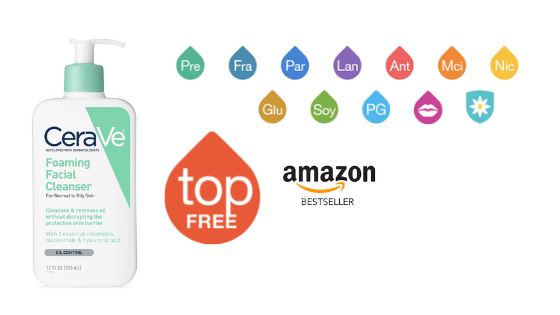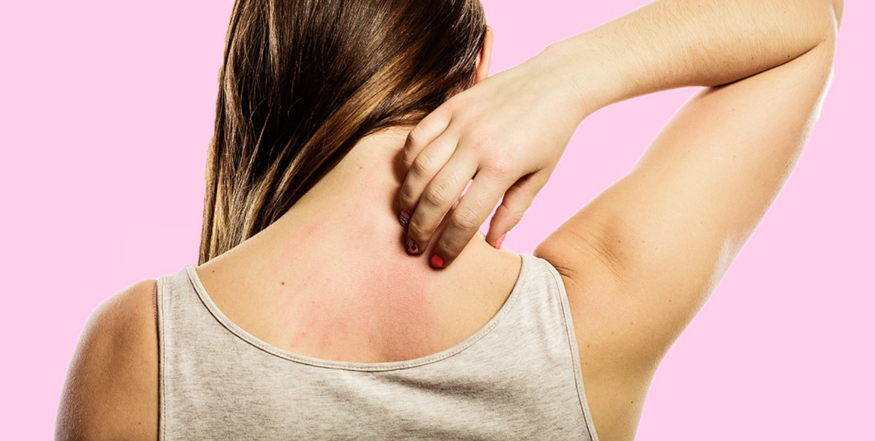 Shippee/PhotoSpin
Shippee/PhotoSpin
Hand rashes are particularly embarrassing to have, as they cannot be easily hidden. Eczema is a general term for various types of rashes that make the skin become swollen, itchy and irritated. Eczema of the hand can come from a variety of causes.
The New York Times regularly has a column where they present patients with medical conditions that have baffled doctors. This week’s column was about a 40-year-old woman who had suffered with hand eczema for 18 years. That is a very long time to have a hand rash that no one is able to come up with a medical treatment to control.
It started as tiny fluid-filled bumps that itched. A dermatologist diagnosed it as hand eczema and prescribed a strong steroid cream. The rash improved but did not go away. Many more steroid creams were prescribed with the same results.
A few years ago the rash became considerably worse after the woman moved into a new house. Brushing her teeth or driving her car would break open areas over the finger joints, which would bleed requiring her to wear Band-Aids, sometimes on every finger.
People she hardly knew would suggest she go see someone for that hand rash. Despite seeing over a dozen of the “top doctors” listed in her area, she did not receive a treatment that resolved the problem. All the doctors continued to tell her that her hand rash was eczema.
She tried numerous tacks, changing her soap often, removing gluten and dairy from her diet, going vegetarian and sampling a variety of different detergents for laundry and dish soap. Nothing seemed to help.
She decided to see a new doctor closer to home, Dr. David Grekin. He reviewed all the notes from the previous doctors who had seen her and observed that she had seen some pretty knowledgeable dermatologists. She also seemed very well-versed herself about her condition.
Dr. Grekin noticed that the hand rash did not extend beyond the middle joints of her fingers to her nails. He asked her if the rash always appeared like this and she said, yes. He then asked her if she wore gloves with the fingertips missing and she said, never.
Dr. Grekin figured out part of her problem right away. He knew an elderly dermatologist who lived in Hawaii who had a similar pattern of skin damage on the top of his hands but not his fingertips. The dermatologist had told Dr. Gerkin that his fingertips did not get the same sun exposure since his fingertips curved under when his arms hung relaxed.
It turned out the woman drove to work each day for about 20 minutes going south and then 20 minutes going north to return home. Because of her hand position while driving, her fingertips were bent around the steering wheel so they did not get exposure to the sun coming through the windshield that the top of her hands did.
Dr. Grekin determined that she had a photoallergy, but not a typical one or her entire body and face would also react to the sun. She had a type of photoallergic reaction which occurred when UVA rays, which can pass through the glass of her windshield, contacted something on or in the skin of her hands.
He determined she had a persistent light reaction, which is a rare version of this rare condition. Neither she nor Dr. Grekin were able to determine what the original substance was that set off this unusual chain of events, but once she started wearing gloves to block the sun on her hands when she drove, the rash immediately cleared up.
The moral of this story is to not give up if you have a health problem that everyone keeps telling you a particular treatment will fix, but it doesn’t help. Keep looking and keep trying different things to rule the causes out.
As frustrating as it can be to keep seeking out opinions of a variety of practitioners, you might stumble across one who has seen or heard about the problem you have and can fill in the missing piece.
If you want to read another article about photosensitivity of the skin see Phytophotodermatitis--Also Known as “Margarita Dermatitis”.
Sources:
Think Like a Doctor: The 18-Year Rash By LISA SANDERS, M.D. New York Times.com. Retrieved May 25, 2014.
http://well.blogs.nytimes.com/2014/05/01/think-like-a-doctor-the-18-year...
And: Think Like a Doctor: 18-Year Rash Solved!
http://well.blogs.nytimes.com/2014/05/02/think-like-a-doctor-18-year-ras...
What is Eczema? Eczema.net. Retrieved May 25, 2014.
http://www.skincarephysicians.com/eczemanet/whatis.html
Michele is an R.N. freelance writer with a special interest in woman’s healthcare and quality of care issues. Other articles by Michele are at www.helium.com/users/487540/show_articles
Edited by Jody Smith




Add a Comment1 Comments
I don't think you can cure ezcema, but you can definitely help relieve the redness and the itch. My daughter uses a product called CapriClear, all natural 100% coconut oil, which helps soothe the skin and it does help reduce the redness and the itch on contact. We leave ours in the fridge so it's cool when applied.
May 28, 2014 - 7:30amThis Comment